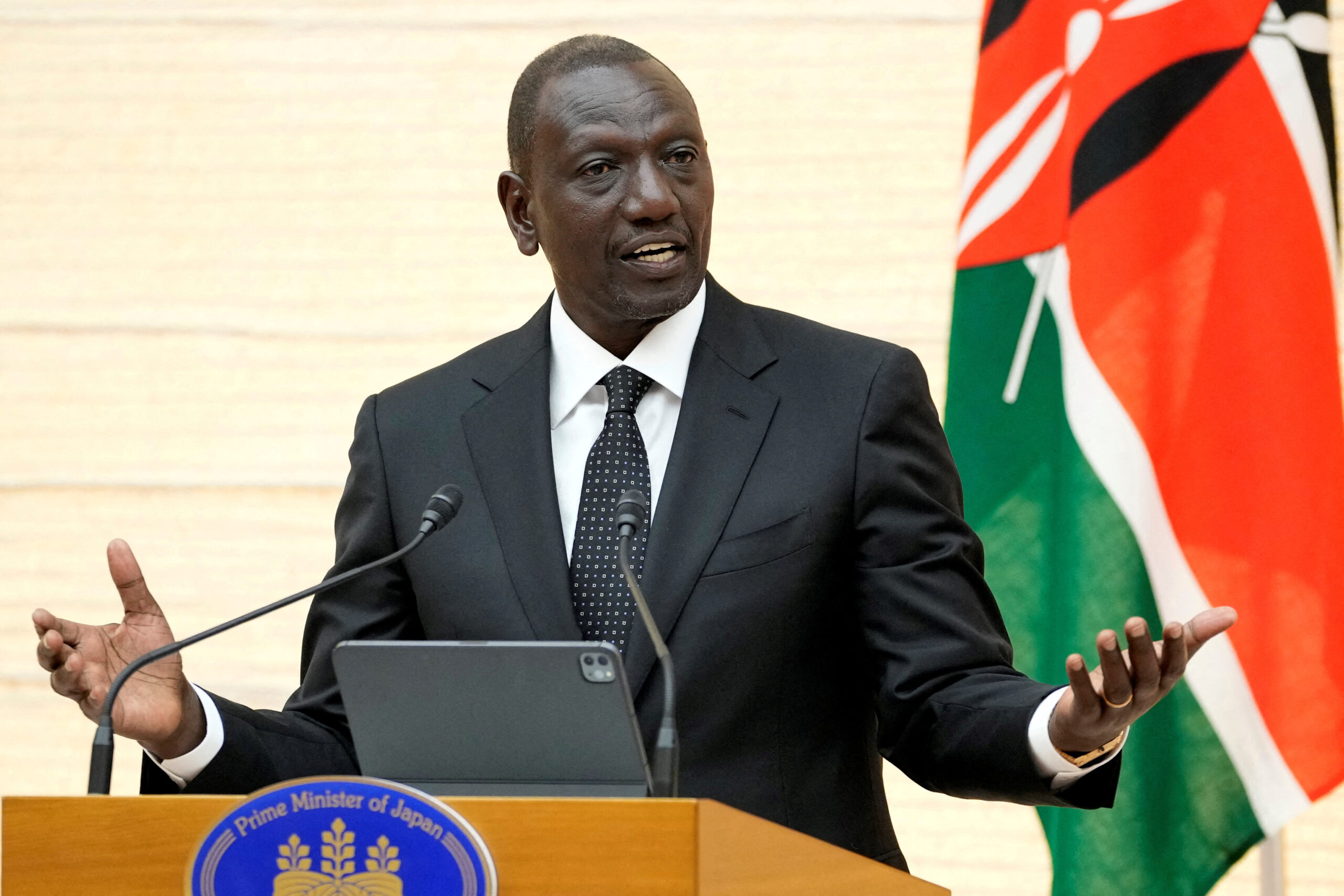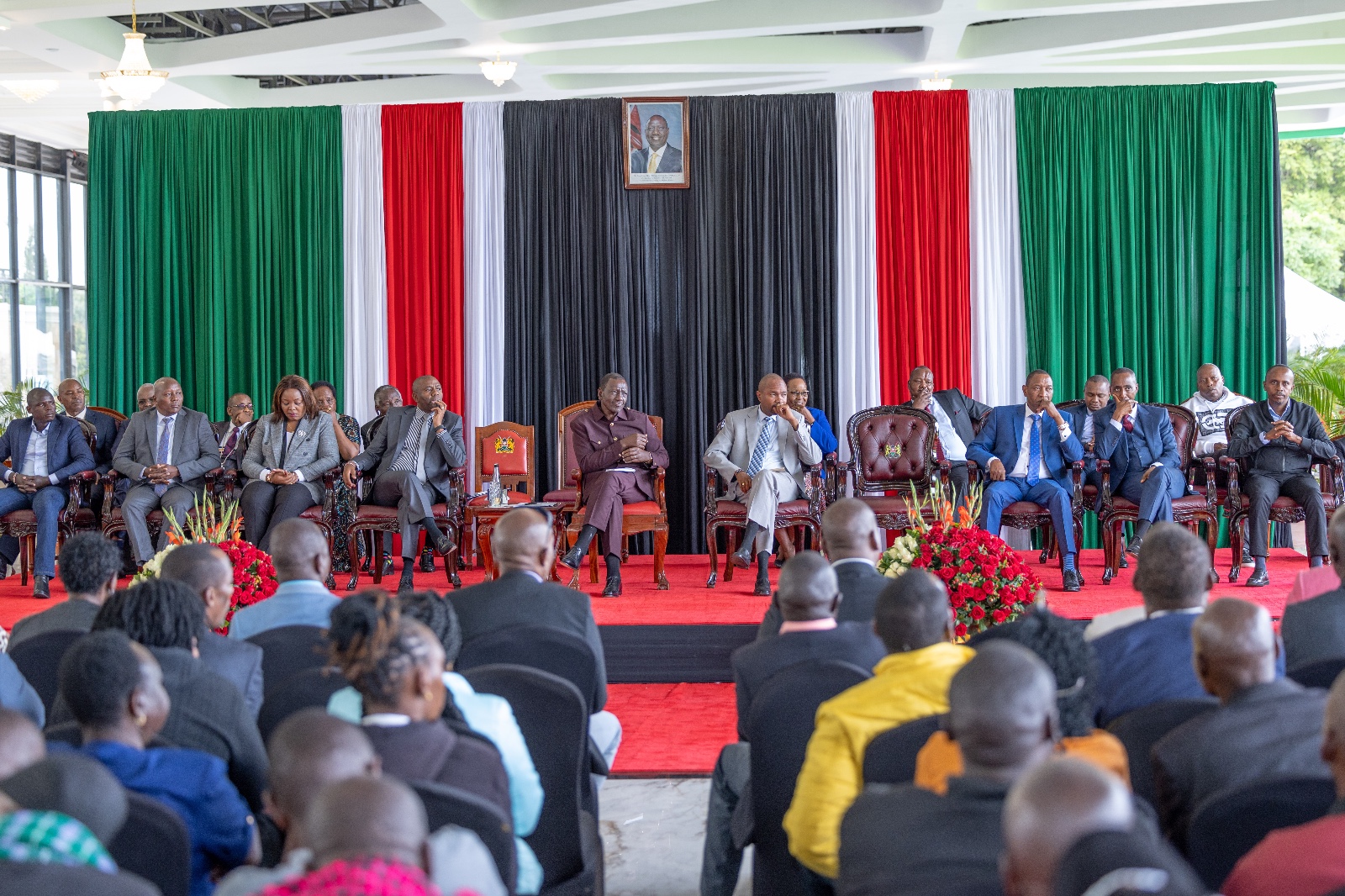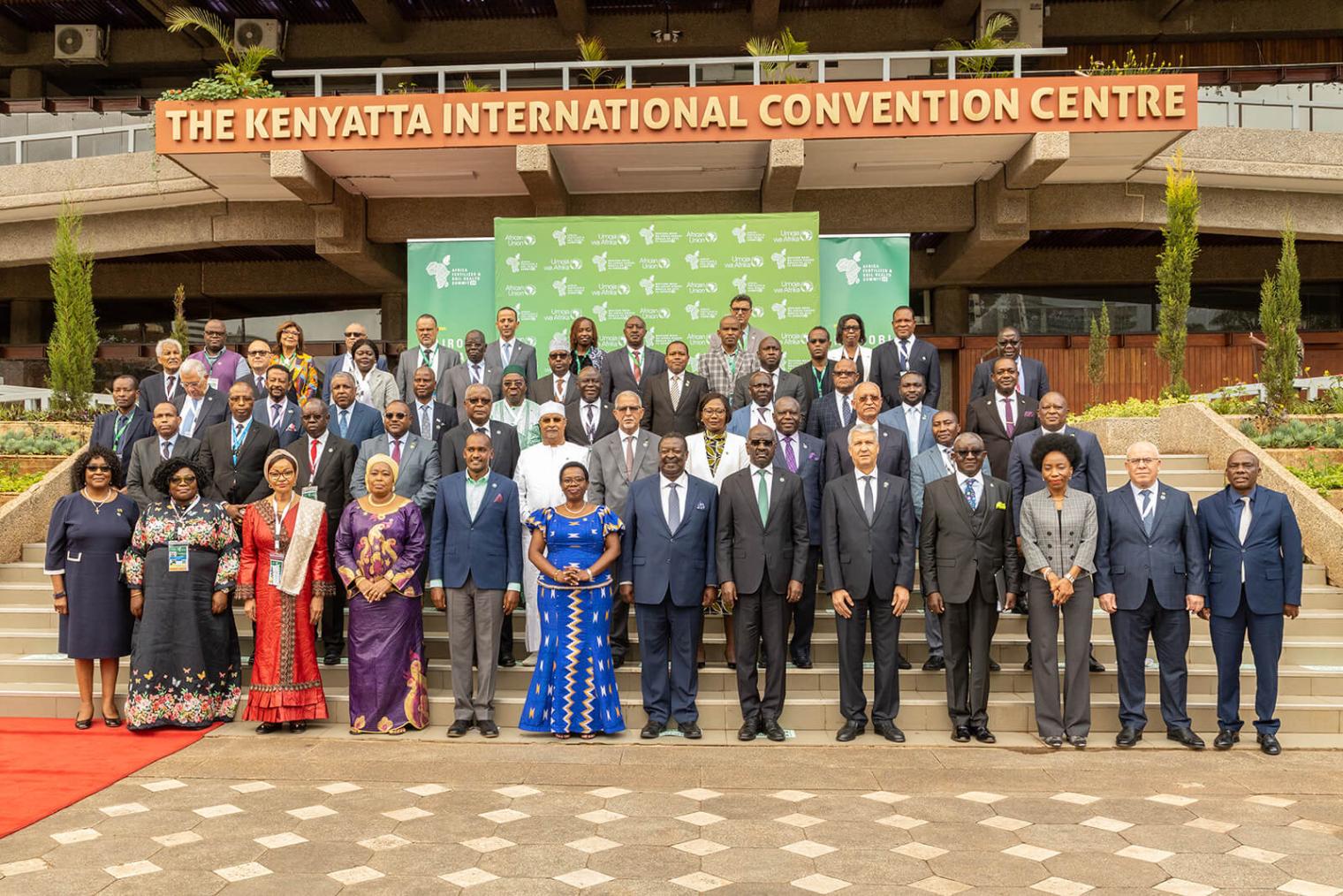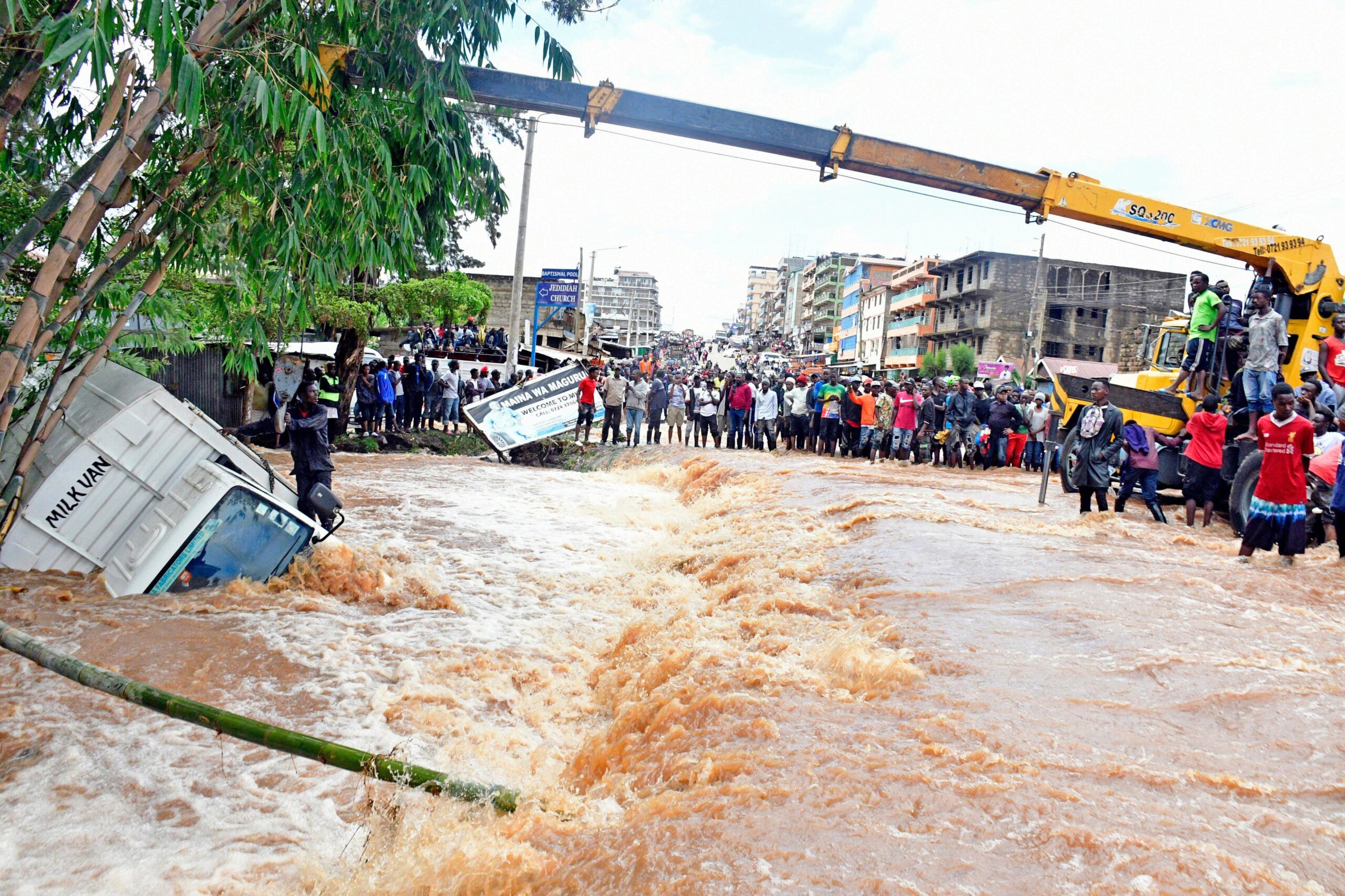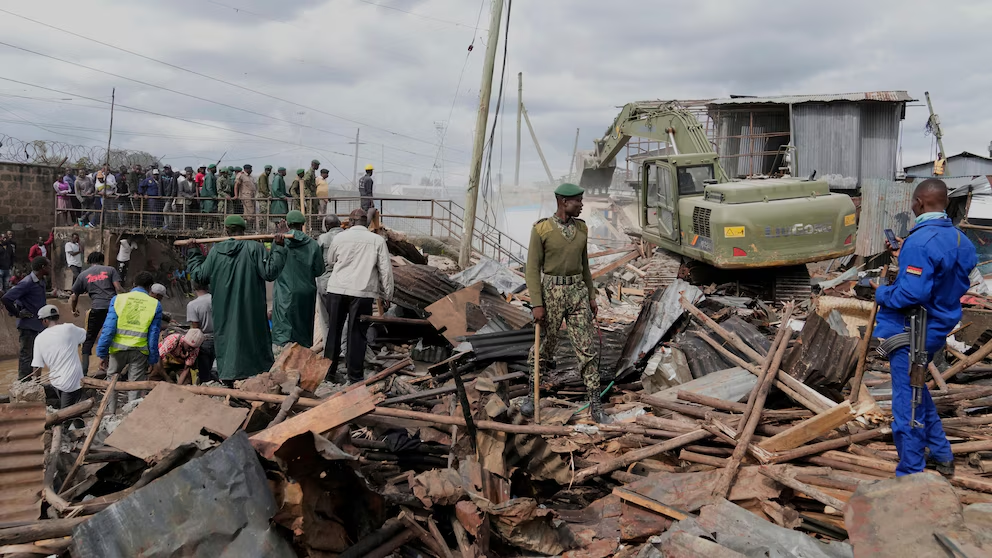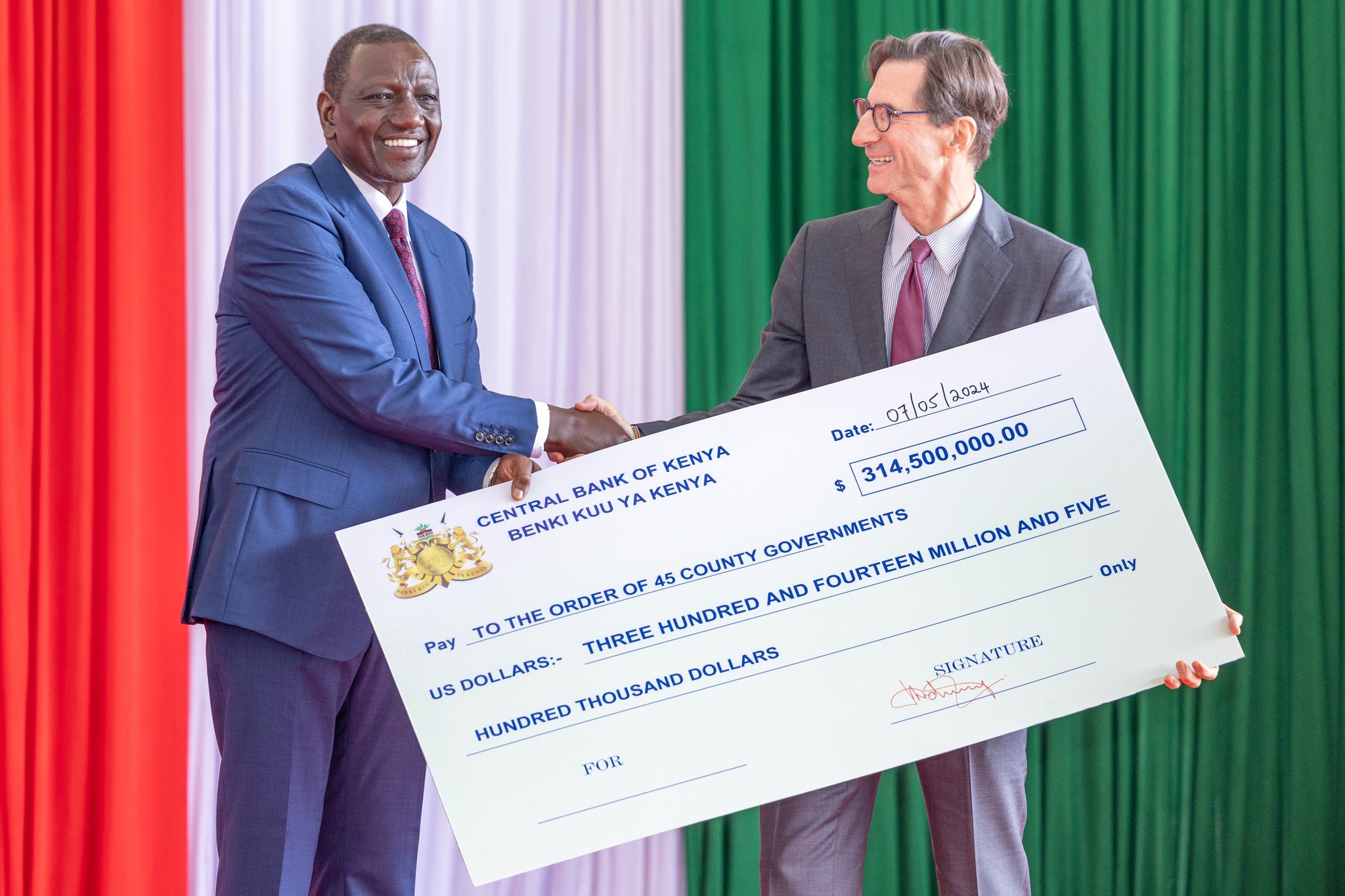As Kenya anticipates the looming El Nino rains, Deputy President Rigathi Gachagua is at the forefront of the nation’s preparations to mitigate the impact of the expected heavy rainfall. During a gala dinner in Nairobi, Deputy President Gachagua announced his intention to convene the National Emergency Response Committee, emphasizing the need to strategize to minimize potential devastation from the impending weather phenomenon. The Kenya Meteorological Department had issued a weather forecast warning of El Nino rains expected between September 2023 and January 2024. Some counties have already initiated measures to ensure disaster preparedness in response to this warning.
The Imperative of Preparation
El Nino, characterized by elevated sea surface temperatures in the Pacific Ocean, exerts a profound influence on global weather patterns. In Eastern Africa, including Kenya, El Nino often brings excessive rainfall, leading to floods, landslides, and other natural disasters. To address these multifaceted challenges, adequate preparation is imperative. This will include the establishment of early warning systems and disaster response plans to mitigate risks to lives and property. It will also involve safeguarding Kenya’s crucial agricultural sector, critical infrastructure, and economic stability. DP Rigathi Gachuage insists that preparedness efforts will be designed to streamline humanitarian response efforts in the event of community displacement and crises.
Deputy President Gachagua’s Stewardship
Deputy President Rigathi Gachagua’s proactive leadership in convening the National Emergency Response Committee underscores the government’s commitment to protect its citizens and resources from the impending El Nino. His leadership will promote collaboration among government agencies, development partners, and international organizations to enhance Kenya’s resilience in the face of climatic adversity. Additionally, President Ruto’s government plans to establish public-private partnerships for constructing water harvesting structures, including dams, to boost food production. Several regions in Kenya, including Siaya, Kisumu, Homa Bay, Migori, Kisii, Nyamira, Baringo, and others, are expected to be significantly affected by El Nino rains. Deputy President Gachagua also announced plans to enhance the government’s partnership with the Red Cross Society, strengthening state agencies’ capacity to respond efficiently to emergencies.
Strategies to Mitigate El Nino
Deputy President Gachagua and the National Emergency Response Committee are expectdd to implement strategies to reduce El Nino’s adverse impact. These multifaceted approaches will include prioritizing education, awareness, and information sharing; conducting risks and vulnerability assessments; implementing people-centered early warning systems; promoting climate change adaptation; reinforcing environmental protection measures; initiating programs to reduce vulnerability through development and social initiatives; and fostering community coping mechanisms. Furthermore, the government plans to pre-position relief items and conduct drills to enhance preparedness capacity.
As Kenya prepares for El Nino, Deputy President Gachagua’s steadfast leadership serves as a ray of hope, guiding the nation towards resilience and safeguarding its citizens and assets. These endeavors are the foundation upon which Kenya’s ability to weather the storm and emerge stronger is built.

